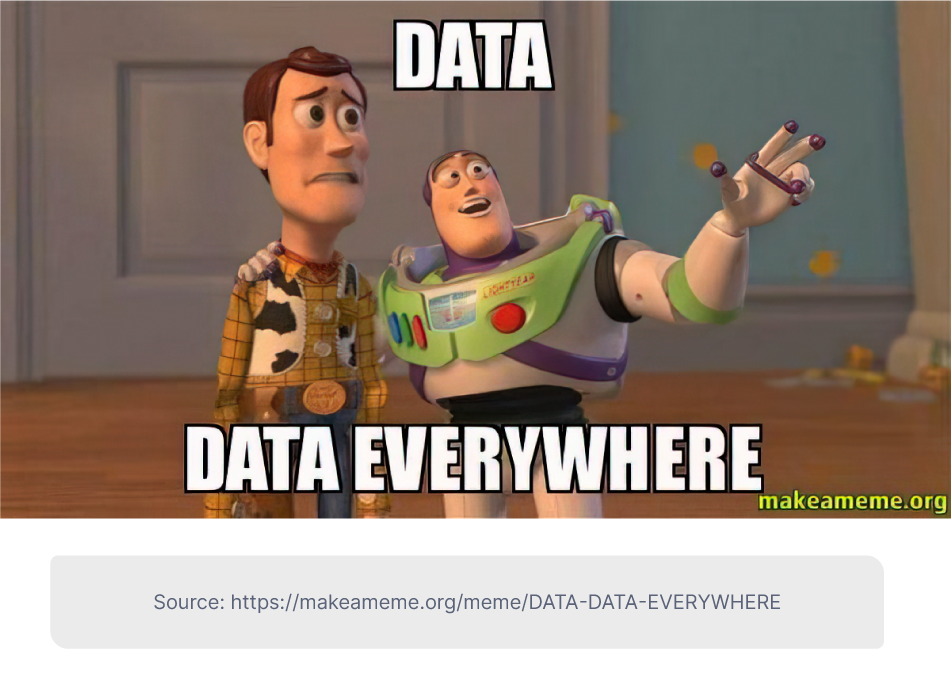7 Tips for Choosing the Best Data Analytics Platform For Your Company

Big data is the lifeblood of most business operations today. Whether in finance, retail or tech, companies have access to unprecedented volumes of data that can be used to optimize performance and inform decision making.
But data only becomes a strategically useful asset when you can extract valuable information from it. And that’s why you need data analytics to turn raw data into actionable insights that guide decisions and deliver positive outcomes for the business. Data analytics is what converts our streaming choices into personalized recommendations, our collective medical history into improved patient care.
Of course, the volume and breadth of data we deal with today cannot be processed manually. To truly harness the power of complex data analytics and gain a competitive edge in decision making, your company will need to invest in the right tools and software.

Data analytics platforms are a suite of tools and services that support businesses through the stages of collecting, storing, cleaning, organizing, modeling raw data. Modern platforms leverage machine learning and artificial intelligence to push the limits of data analytics. A good platform will also include data visualization tools to turn numbers into charts and graphics that are better for communicating insights to relevant stakeholders.
But how do you choose between the many data analytics platforms that are currently available on the market? Some established and popular options today include (in no particular order): Microsoft Power BI, Sisense, Tableau, Qlik, SAP, SAS, and IBM Cognos Analytics, but there are many more out there.
Picking the right platform for your company is not an easy decision - barriers to improved data-driven efficiency are often less about the technology available than the way in which organizations apply it. So here are seven tips to help you select a data analytics platform that is a good fit for your company.
1. Identify your goals
This is the first and most important step. There’s no point splashing out on shiny new data analytics tools if you don’t know what you want to do with them. Ask yourself (and other key stakeholders) the question: what problems do you need to solve or what opportunities are you aiming to discover? Being clear about the core objectives of your data-driven business strategy will make it a lot easier to build a toolkit that will actually help you achieve them. In other words, if the ‘right’ data analytics platform is the one that gets you where you need to be, you first need to have a good idea about where that is.
-png.png)
2. Understand your business
The second key preparatory step before choosing a data analytics platform is to understand where your business is at right now. This is partly to do with resources - namely your financial budget, the software/tools you already use and the capabilities of your IT team. You also need to consider the type of data your business uses and how it fits into wider operations. Here are just some questions you should consider to help you find a suitable analytics solution for your organization:
- Is data generated from a single consolidated source or from multiple sources?
- What are your projections for scaling up data over time and what storage infrastructure do you have?
- How is your data handled and who collaborates in the process? Are they working onsite or remote?
- What IT/data science skills does your team currently have, and where might you be lacking?
- What security and privacy requirements does your business have when it comes to handling data?
3. Think about the users
When selecting a platform, you need to consider who in the company will be using it and what for. Are they experienced data scientists and engineers that can run complex and ad hoc models to extract insight? Or would you be better served by a simplified platform that is intuitive enough for non-technical stakeholders to perform basic analyses on datasets? In either case, the platform should provide support for data visualization tools so that insights can be presented to all stakeholders in an engaging manner. Another consideration is whether you want a stand-alone data analytics platform or an integrated solution that enables users to access analytics via applications they are already familiar with.
-png.png)
4. Research what’s on offer
Once you’re confident you understand your internal business needs and capabilities, it’s time to look through what data analytics platform providers are offering and see what matches up to your needs. You can compare features such as implementation speed, user interface, the data modeling and visualization capabilities, remote/mobile working options, dashboard/reporting UX and security standards. Also check if providers are appropriate for your geographical location (e.g. regulatory requirements) and what support packages they offer customers.
5. Check out existing use cases
It’s always a good idea to look around the wider industry. Do some research to find out what data analytics tools other businesses are using to solve problems, streamline performance and create new business opportunities. Aside from helping you define what your needs might be, this approach will also give you useful real-life references for specific analytics platforms and providers.
6. Be forward-looking
While you may have short-term priorities when it comes to data analytics, you need to remain forward-looking when choosing a platform. Any solution must be implemented with scalability in mind, so that larger data sets can be processed and new data sources integrated into analytics as the business grows. For example, cloud-based data analytics platforms may be more suitable for startups with a limited initial budget for data management but need a solution that can scale up rapidly as required. Remember also that changing analytics platforms in the future could be costly and complicated, so keep your longer-term strategy and ambitions in mind when selecting a solution.
-png.png)
7. Be aware of pricing details
Different data analytics platforms use different fee structures, so it’s vital to be fully aware of all the costs associated with a solution. This means checking pricing details for subscriptions, licensing, user limits and any ‘hidden fees’, while also looking ahead to how these costs may change as you scale-up your business.
We hope this article helps you find the best data analytics platform for your company. Remember, if you need to expand your organizations’ IT capabilities or fill a particular skills gap for data analysis, we at Jobsity can connect you with the top tech talent in Latin America. Just get in touch to find out more about how our nearshoring staffing solutions can benefit your company.
--
If you want to stay up to date with all the new content we publish on our blog, share your email and hit the subscribe button.
Also, feel free to browse through the other sections of the blog where you can find many other amazing articles on: Programming, IT, Outsourcing, and even Management.

Santiago Mino, VP of Strategy at Jobsity, has been working in Business Development for several years now helping companies and institutions achieve their goals. He holds a degree in Industrial Design, with an extensive and diverse background. Now he spearheads the sales department for Jobsity in the Greater Denver Area.